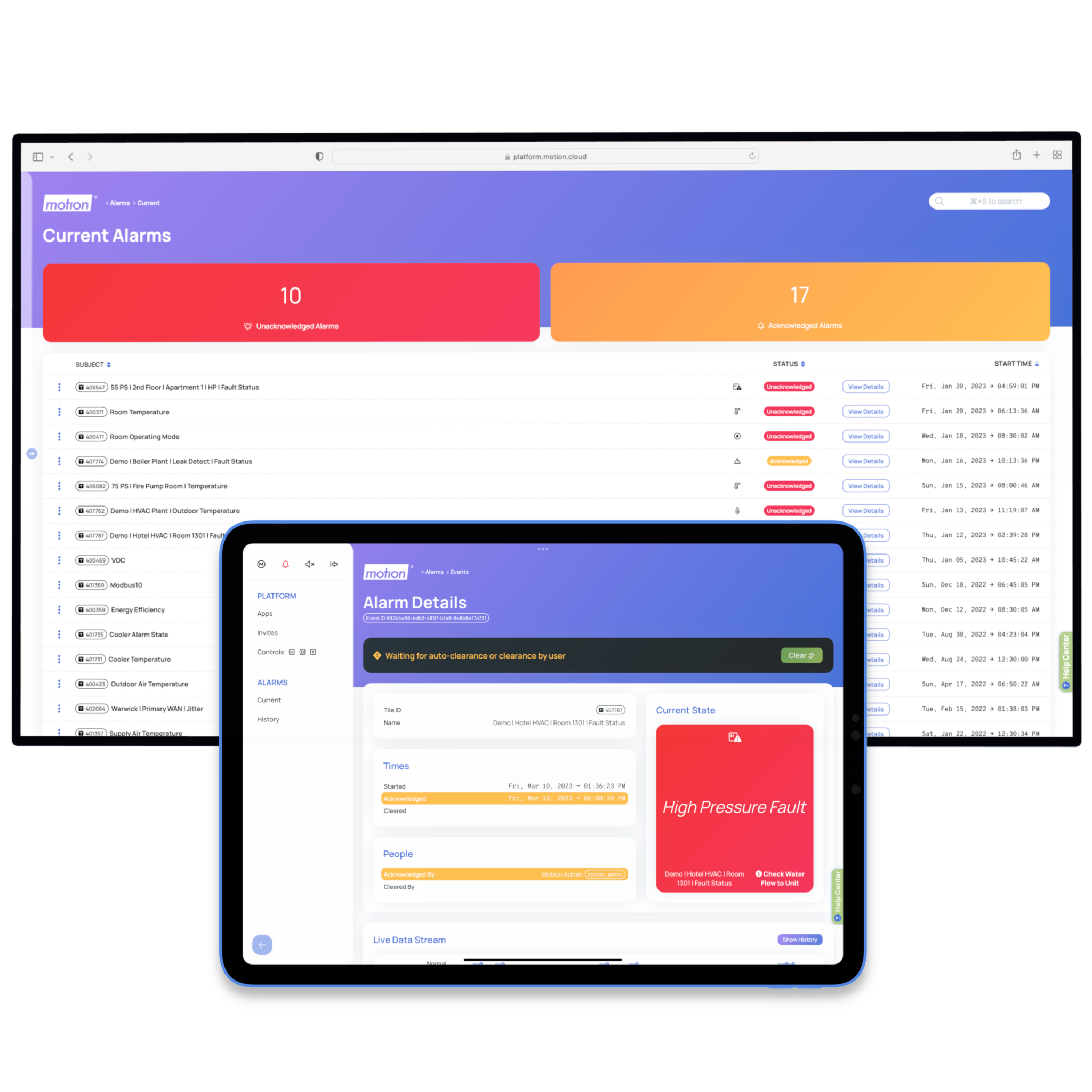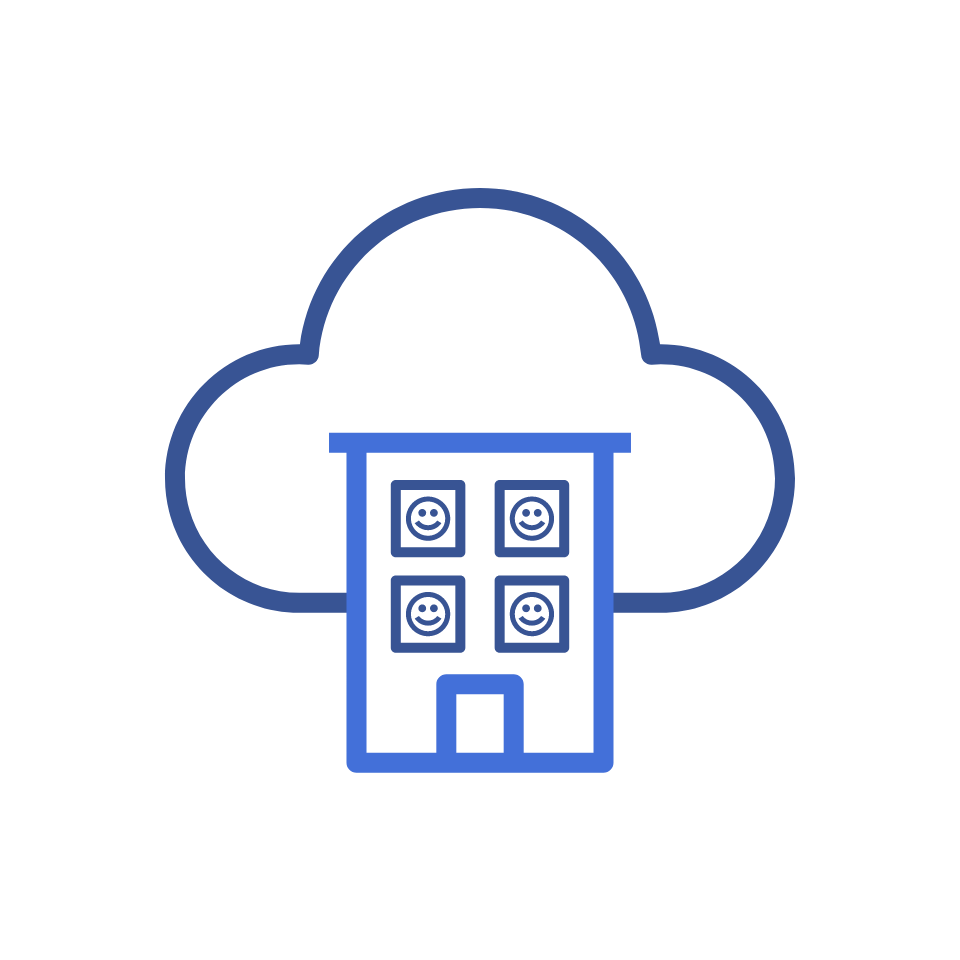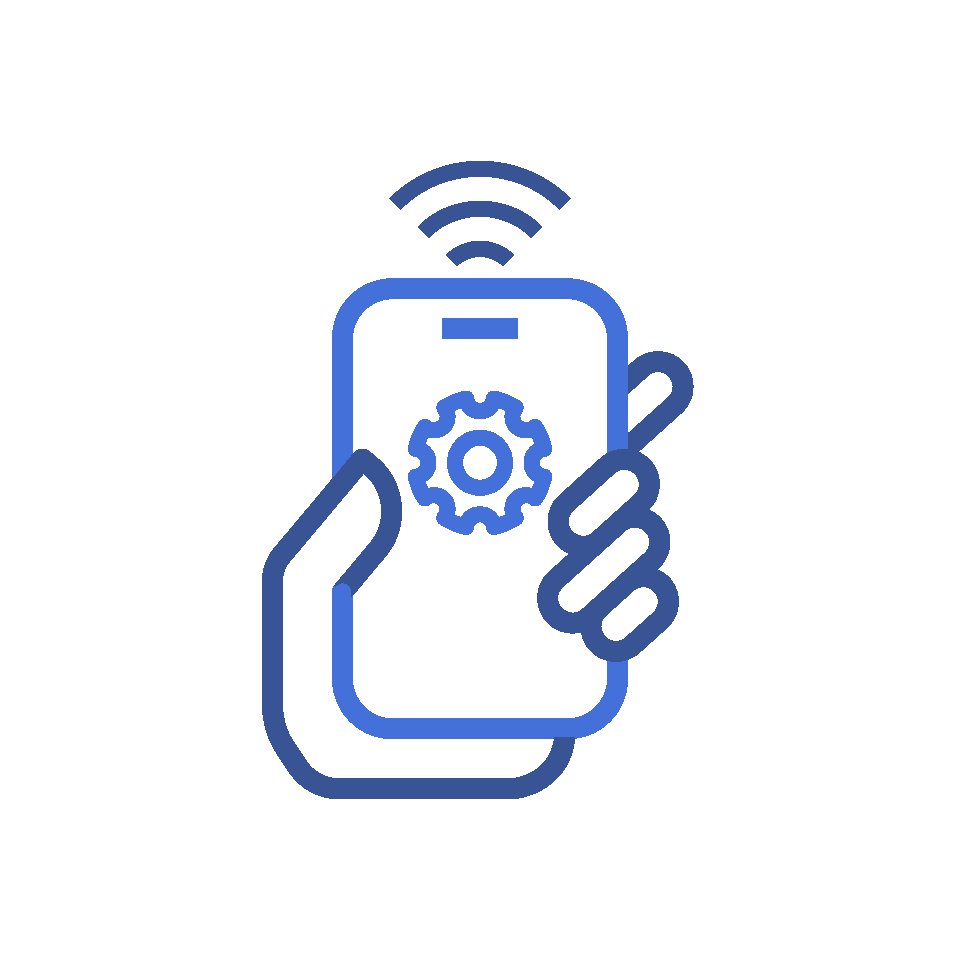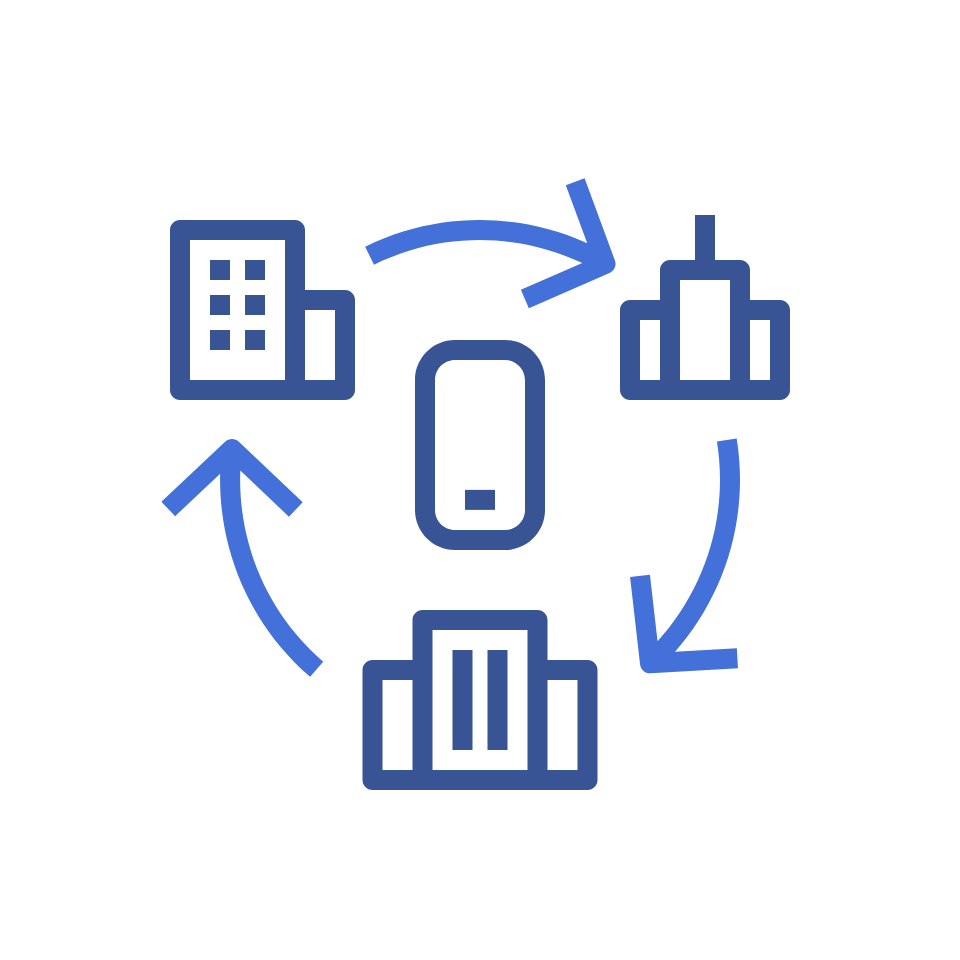Our cloud-based building controls platform offers a modern, simple, fast user experience, backed by a state-of-the-art infrastructure.
Below are several key features that will make Motion a critical component of the operations responsible for maintaining and preserving your buildings.
Your hardware.
Our software features.
In the palm of your hand.
API Solution
Give your building a voice when help is needed. Leak detection? Equipment malfunction? Dangerous temperature conditions? Alarm anything in Motion Platform and use our fully featured mobile app to stay closely connected to the warning signs that your buildings provide to mitigate catastrophic damage, labor costs, and downtime.
Motion’s critical alerts are pushed directly to users’ iOS and Android devices. Its always-connected alarm infrastructure insures delivery of alarms to your staff and service contractors before irreparable damage or downtime can occur.
The best way to mitigate risk is to stay informed, 24/7, no matter where you are. Motion does it best.

Device Discovery
Remotely discover BACnet/IP devices on a network, and bring them online in seconds. Manual entry for BACnet/IP & Modbus TCP devices also available.
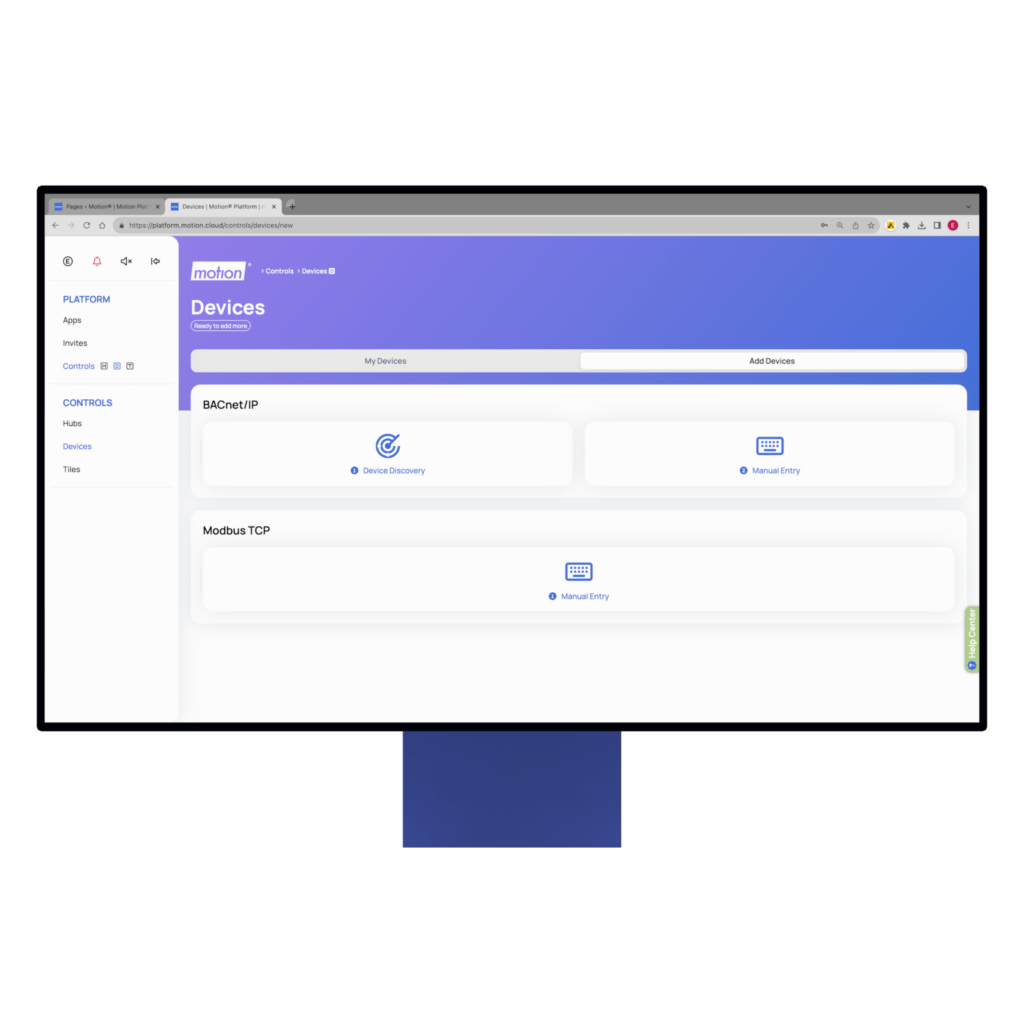
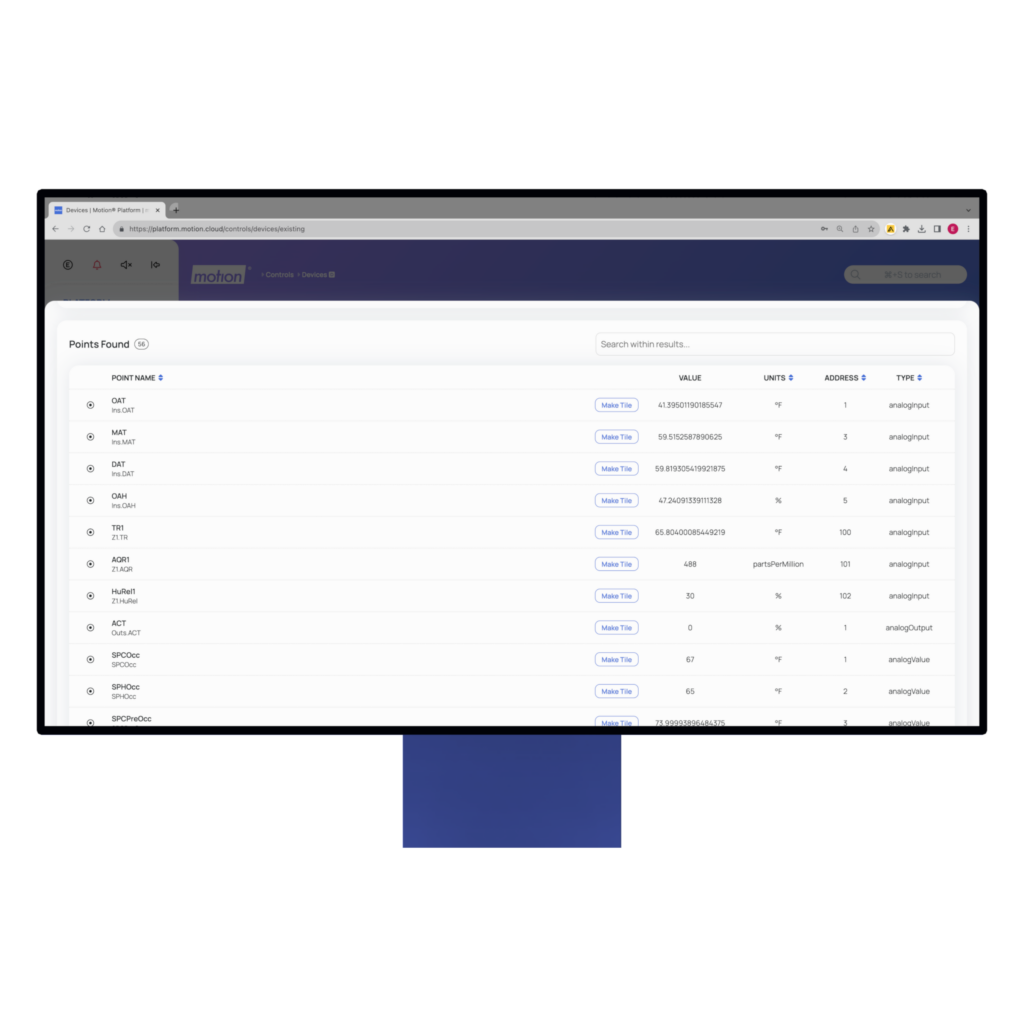
Point Discovery
Create and configure a Motion Tile (BACnet/IP or Modbus TCP point) with ease, from anywhere. Each tile comes packed with software features designed for integrators and end users. Read-only and read+write operating settings available.
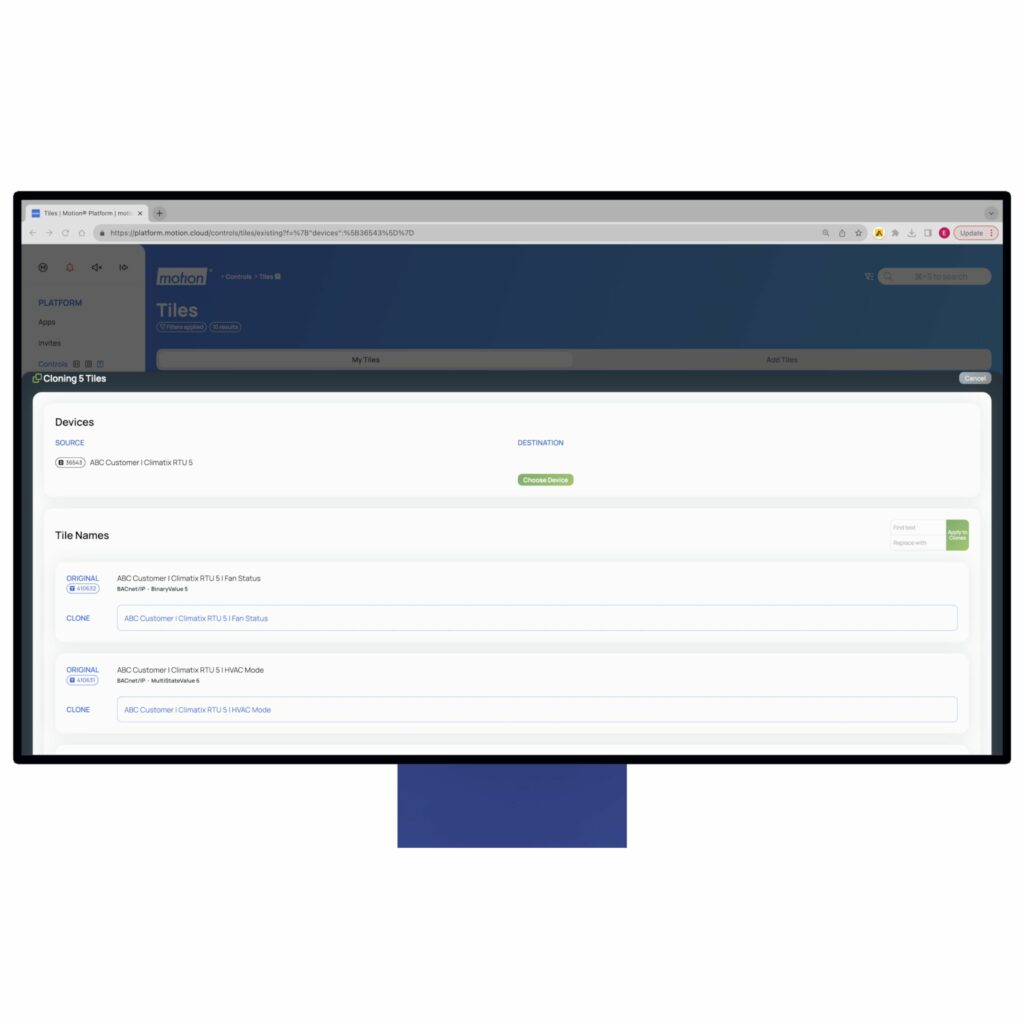
Point-to-Device Cloning
It’s not magic. Its Motion.cloud. After creating a set of tiles for a single device, instantly replicate those tiles across other devices. As soon as the clone is finalized, those tiles are live and ready to be displayed!
Centralized Alarm Mgmt.
What good is an alarm notification if it is poorly managed? For this reason, Motion Platform enables users to oversee all active and historical alarm events from a single view, across any amount of sites.
Every alarm event comes with an ‘Alarm Details’ view, which timestamps live activity of when an alarm took place, when an alarm was acknowledged, and when an alarm was cleared—giving users a complete picture of the alarm event timeline.
Always know who responded—or failed to respond—when it was most important to hold users accountable for their actions.
